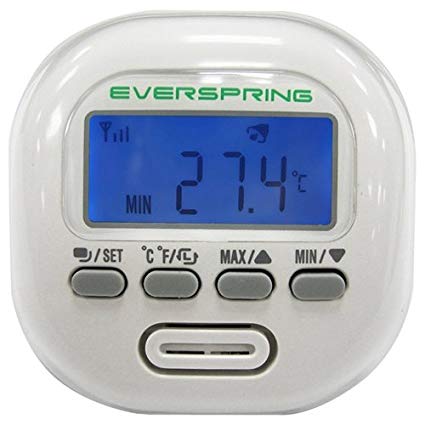Smart Home Humidity Project

We have spent a lot of time conducting research on connected sensors and also done a lot of specific research on humidity sensors. This project aims to show examples of how we have installed and used them in our contextual smart home.
Honeywell HIH-4000 Series

The Honeywell HIH-4000 series of sensors is our default choice for measuring humidity in and around our smart home. It is fairly expensive sensor (typically around £14 each) but provides great performance and reliability when connected correctly. We typically connect this to the 5V analogue input on an Arduino. There are several variants of this device available.
This approach is the most responsive way to connect a humidity sensor that I have found. I could provide updates to our Home Control System at less than 1 second intervals if I really wanted too but, there is no real application that requires this. Typically I measure frequently on the Arduino and only report changes of ~3% or more and with a minimum update time of around 10 seconds. I also force updates to be sent at least every 30 minutes.
This doesn't mean an Arduino can't take local action much more often though and our contextual smart home uses a distributed architecture that allows things like local fan control.
Wi-Fi
I don't have any battery powered Wi-Fi humidity sensors in our smart home because Wi-Fi is currently a terrible technology to use with battery powered sensors. It is simply too power intensive.
Z-Wave

When I first started using Z-Wave technology, one of the first sensors I bought was this Everspring ST814 device, which measures both temperature and humidity. It uses 2 AA batteries for power and they last quite a long time (typically around 9 months). I'm not even sure if this can still be purchased new.
The problem with these kind of Z-Wave devices is that you just don't know how often they will send updates to your Z-Wave controller (a Vera Plus in my case). You essentially query the Z-Wave controller but you don't know when it last got an update from the sensor itself. On the up-side, this device supports Z-Wave association, so you can get it to control a Z-Wave appliance module or smart switch directly but, even this provides very simple logic behind the control.



